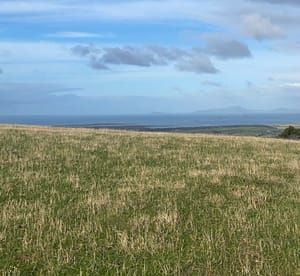Victoria has granted environmental approval for the $5 billion Marinus Link transmission project, but some concerns remain over potential impacts to the Waratah Bay coastline. The 750-megawatt high voltage direct current interconnector will link Tasmania's Heybridge with Victoria's Latrobe Valley, with the subsea cable coming ashore at Waratah Bay.
Planning Minister Sonya Kilkenny's approval comes with strict conditions, particularly around the sensitive shore crossing at Waratah Bay where horizontal directional drilling (HDD) will be used to thread the underground cable beneath the beach and coastal dunes.
The environmental assessment found this approach carries "potential risk of impacts on the geology and stability of the coastal dunes," with the report noting "some residual uncertainty" about whether ground movement risks can be reduced to tolerable levels.
It continued: “Such risks can be managed through design and construction with an appropriate understanding of ground conditions and appropriate HDD design, which is accommodated for.”
If the drilling proves too risky, the cable route may need to be realigned, though project planners say using Waratah Bay is "unavoidable" due to rocky outcrops and ocean reefs between Cape Liptrap and Wilsons Promontory that limit suitable landing sites.
The approval restricts environmental damage in onshore Victoria to just 6.75 hectares of native vegetation, with additional requirements to minimise bog gum losses and revise plans for crossing 82 waterways, including 22 significant ones.
Marinus Link Project Director Mike Carter called the approval "a major step forward," praising his team's environmental work and stakeholder collaboration.
The project now awaits federal environmental approval, delayed until June as new Environment Minister Murray Watt reviews the proposal.



